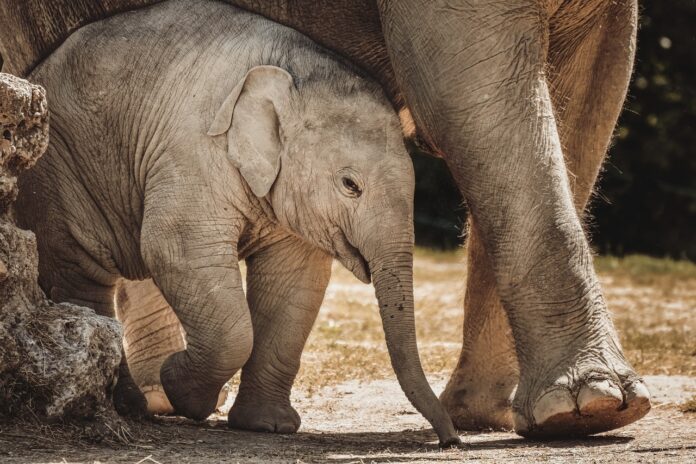When we think of the animal kingdom, many mammals come to mind that can jump effortlessly—from agile deer leaping through forests to playful kangaroos bounding across the Australian outback.
However, one notable exception to this list is the elephant. Despite their impressive strength and size, elephants are incapable of jumping. This intriguing fact raises the question: why did evolution not bestow elephants with the ability to jump?
The Anatomy of an Elephant
Elephants are the largest land animals on Earth, and their immense size plays a significant role in their inability to jump. Weighing between 2,000 to 14,000 pounds, elephants have a body structure that is not conducive to jumping. Their legs are designed to support their massive weight, and their bones are dense and sturdy to prevent injury from carrying such heavy loads.
Lack of Necessary Muscle Structure
Jumping requires a specific set of muscles and a particular anatomical structure that elephants simply do not possess. Most mammals that jump have powerful hind leg muscles and tendons that store and release energy efficiently, allowing for a quick and forceful push-off from the ground. Elephants, on the other hand, have legs that are more like pillars, with muscles that are built for endurance and strength rather than explosive power.
